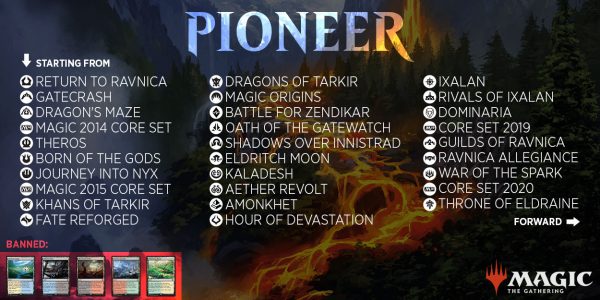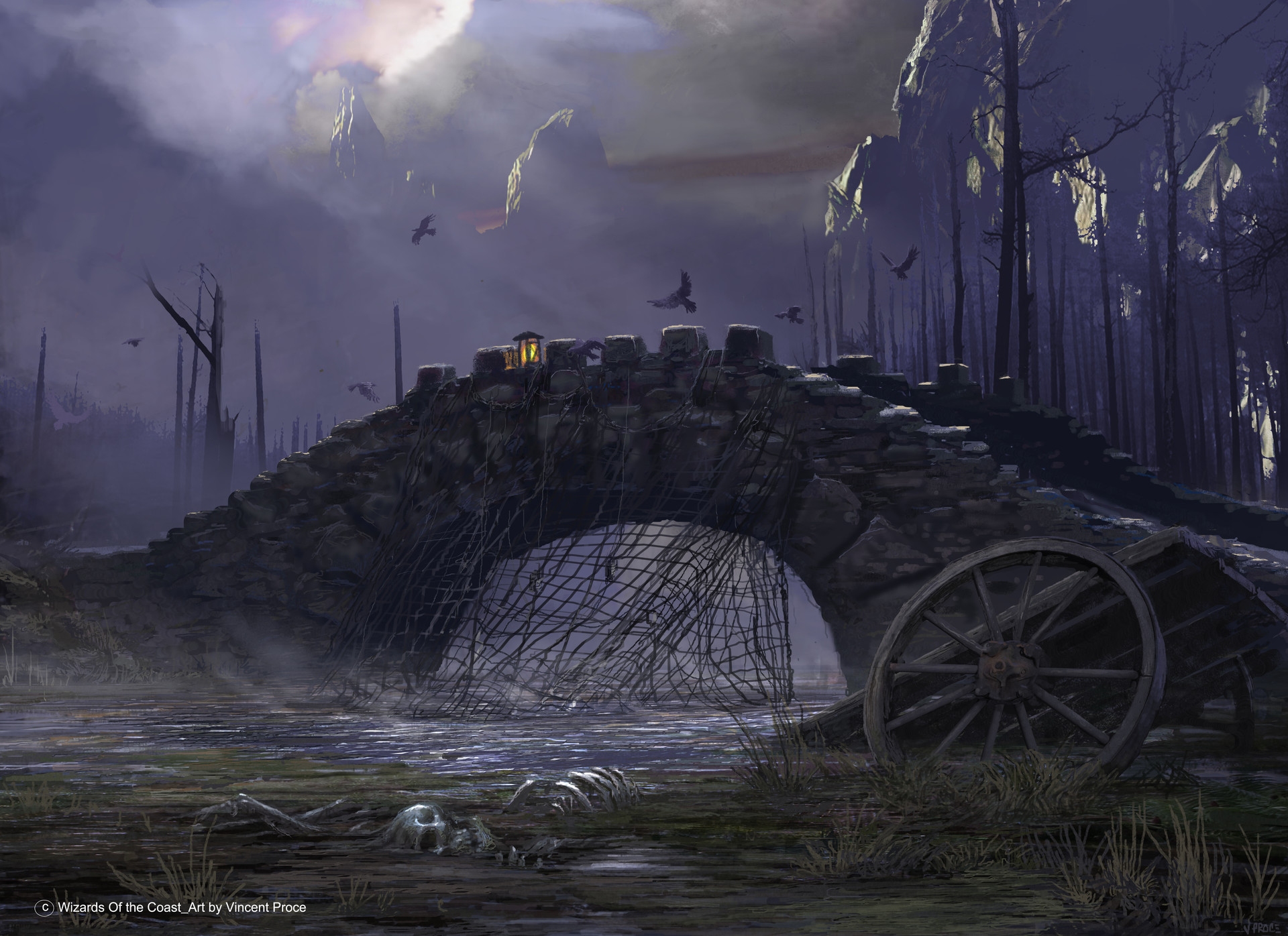Are you a Quiet Speculation member?
If not, now is a perfect time to join up! Our powerful tools, breaking-news analysis, and exclusive Discord channel will make sure you stay up to date and ahead of the curve.
With the advent of the Pioneer format, we are already seeing massive price spikes of Standard staples from yesteryear. Many of our Insiders jumped on these cards right after the format was announced and will likely make a fair amount of money off these specs. One important thing to keep in mind though is that WoTC basically warned us at the outset that they will likely be banning cards once results start pouring in. Outing these specs is going to be somewhat time-sensitive, though I imagine you have at least a few weeks if not months before then.
That being said, the key to any deck's success is its mana base. Back in Magic's early days, most decks stuck to one or two colors as mana fixing options were often pretty limited and players knew that having your powerful spells stranded in hand due to incorrect mana colors was a miserable way to lose games. WoTC has since been far more benevolent in their mana fixing as the game has evolved.
Here is a list of the sets legal in the Pioneer format as well as the current banned list, the Khans of Tarkir fetchlands.

It's important to note that WoTC was worried enough about 4-5 color "good stuff" decks that they started the format off by only banning lands that help fix mana, likely to prevent a format like KTK-BFZ standard which was typically 4+ color decks with perfect mana.
While WoTC has given us plenty of options for mana fixing in this format, it's important to keep in mind that we haven't gotten truly "free" fixing since the original A/B/U/R dual land cycle. All of our rare duals now have some sort of significant drawback or caveat attached. Oftentimes this caveat involves entering the battlefield tapped, which typically affects aggro decks more so than control or combo decks.
We know that in most eternal formats the early turns often decide the final outcome, so mana restrictions in the first few turns can greatly affect the outcome. With all that being said here is a graphic showing the color combination options as well as the restrictions on entering the battlefield untapped for all the rare mana fixing lands legal in Pioneer.

Initial observations imply that the enemy colored decks will have slightly faster mana fixing as they have 3 sets of duals that can be tapped for either color on turn 1. The allied color combinations will likely be a bit slower, though the fact that both Dimir and Azorius are typically color combinations that fall into that control category seems fitting. All color combinations do have an equal number of rare dual land options to begin with. It is also important to note that decks playing black have access to Urborg, Tomb of Yawgmoth which will also help fix their mana.
Potential Speculation Opportunities
We have started to see the Kaladesh fastlands move in price already. Speculating on these is fine if you can find them underpriced. However, I am doubtful that these lands can rise above $10-$14 as that was the ceiling when they were in Standard. Kaladesh debuted in the fall of 2016, which isn't long enough ago that the playerbase would have grown enough to raise that ceiling. Many are now sitting in the $8-$10 range which means that after fees and shipping even if they were to reach $14 you would see minimal profits.
What I would avoid




